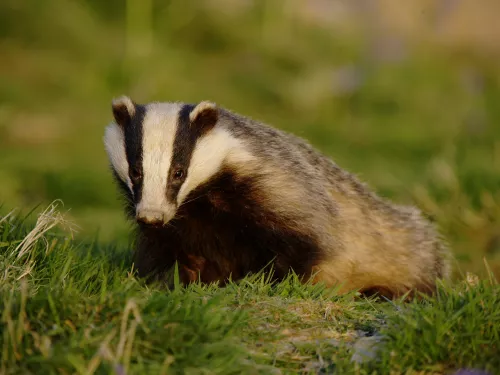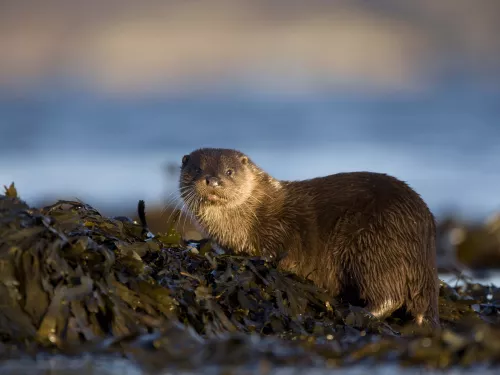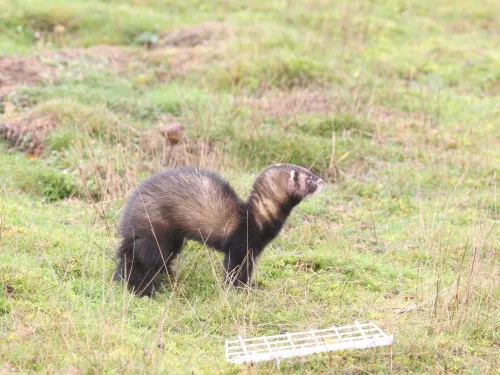Emerald damselfly
The metallic-green Emerald damselfly can be seen from June to September around ponds, lakes, ditches and canals. Unlike other damselflies, it holds its wings half-open when perched.
The metallic-green Emerald damselfly can be seen from June to September around ponds, lakes, ditches and canals. Unlike other damselflies, it holds its wings half-open when perched.
The emperor dragonfly is an impressively large and colourful dragonfly of ponds, lakes, canals and flooded gravel pits. It flies between June and August and even eats its prey on the wing.
An unmistakeable insect of heaths, sand dunes and grasslands, the Emperor moth is fluffy, grey-brown, with big peacock-like eyespots on all four wings. Males can be seen during the day, but females lie low.
Enchanter's nightshade is a hairy plant, with rounded leaves that taper to a fine tip, and clusters of small, pinky-white flowers in summer.
Due to the devastating effects of Dutch elm disease in the 20th century, the English elm is rarely found as large tree, but is more common as a shrub along hedgerows, or sometimes in woodlands.
The English oak is, perhaps, our most iconic tree: the one that almost every child and adult alike could draw the lobed leaf of, or describe the acorn fruits of. A widespread tree, it is prized for its wood.

Badgers are the UK’s largest land predator and are one of the most well-known British species. They are famed for their black and white stripes and sturdy body, using their strong front paws to dig for food and to perfect their hobbit-like burrows, called ‘setts’.
Able to camouflage itself to its surroundings, the European flounder is one of our many amazing flatfish!
Considered a gardener’s best friend, hedgehogs will happily hoover up insects roaming in vegetable beds. Famously covered in spines, hedgehogs like to eat all sorts of bugs and crunchy beetles. They are most active at night and hibernate through winter.
The European larch was introduced into the UK from Central Europe in the 17th century. Unusually for a conifer, it is deciduous and displays small, greeny-red cones on brittle twigs.

The sinuous otter is an excellent swimmer and can be seen hunting in wetlands, rivers and along the coast - try the west coast of Scotland, West Wales, the West Country or East Anglia for the best views.

Known for its bandit-like appearance, the polecat was once so persecuted it was on the brink of extinction in the UK. Thankfully, numbers are now increasing in rural Wales and parts of England.